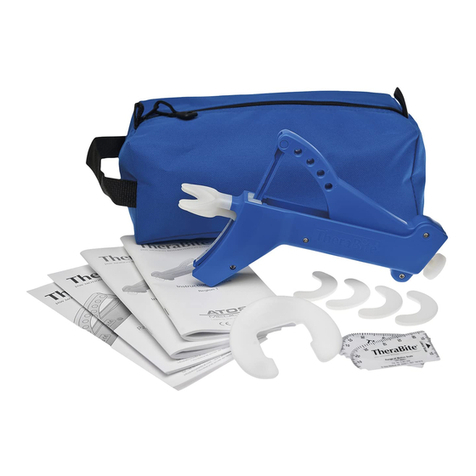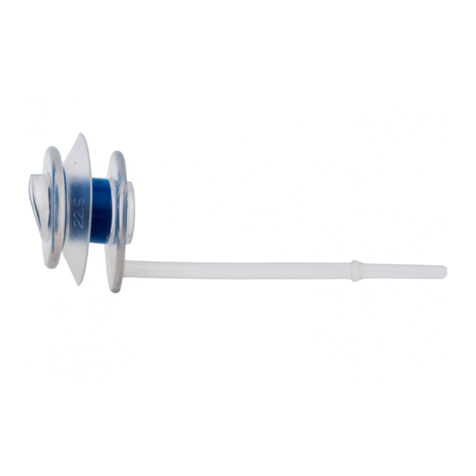Atos Medical PROVOX Vega User manual
Other Atos Medical Medical Equipment manuals

Atos Medical
Atos Medical PROVOX Brush Assembly instructions

Atos Medical
Atos Medical PROVOX 7211 User manual

Atos Medical
Atos Medical Provox Vega XtraSeal User manual

Atos Medical
Atos Medical CareTips Provox FreeHands FlexiVoice User manual
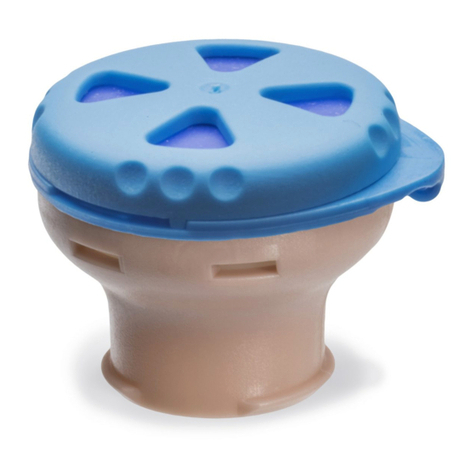
Atos Medical
Atos Medical ProTrach DualCare User manual

Atos Medical
Atos Medical PROVOX Vega User manual

Atos Medical
Atos Medical Provox XtraHME User manual
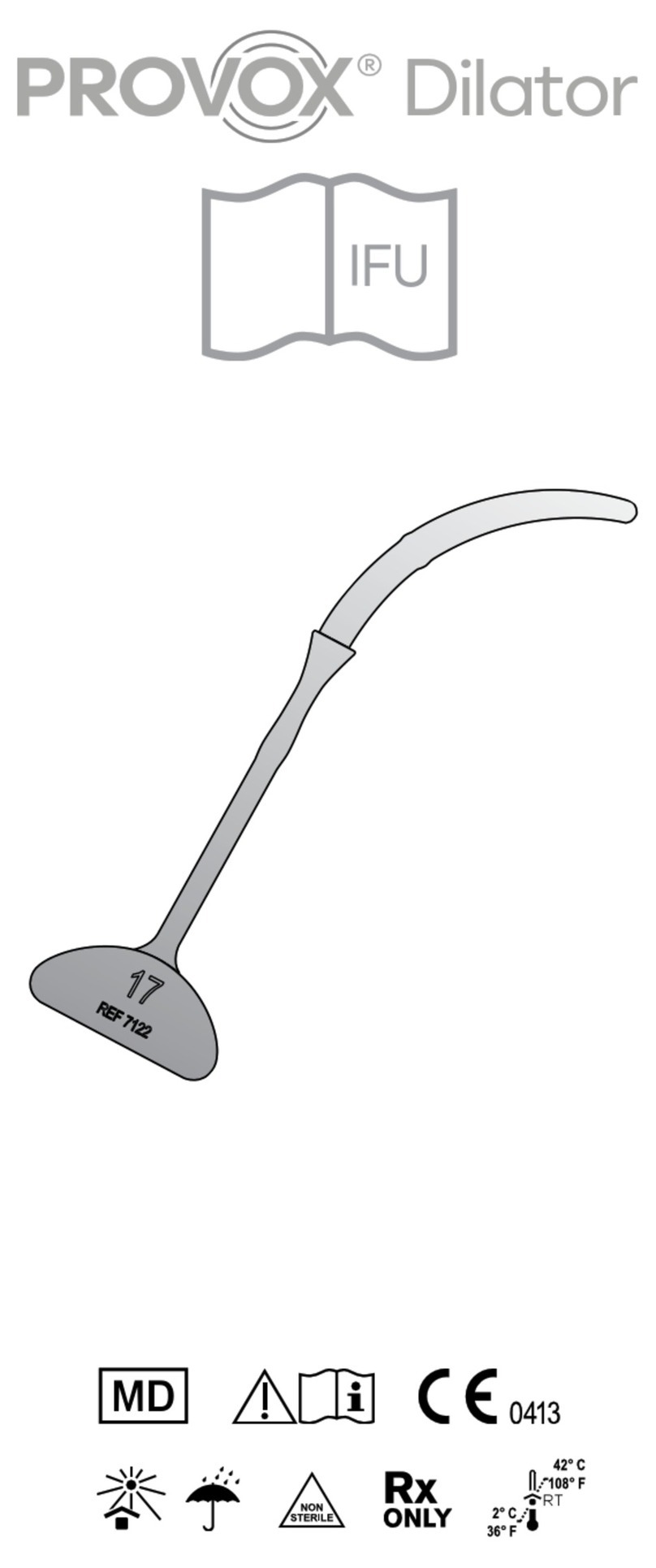
Atos Medical
Atos Medical Provox Dilator 17 User manual
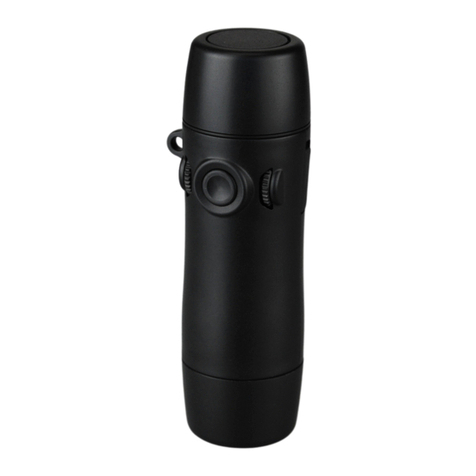
Atos Medical
Atos Medical PROVOX TruTone Emote User manual
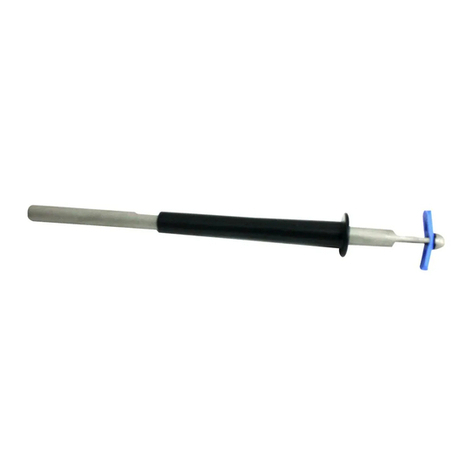
Atos Medical
Atos Medical PROVOX Measure User manual
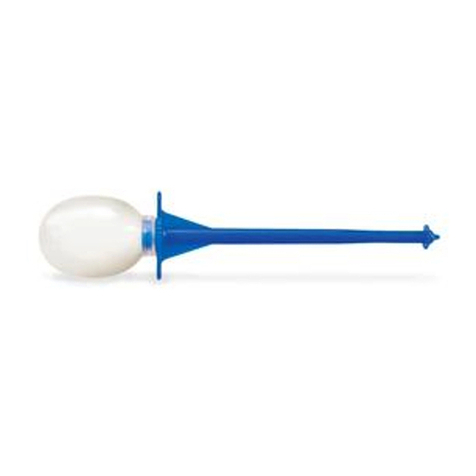
Atos Medical
Atos Medical Provox Flush User manual

Atos Medical
Atos Medical Provox Coming Home User manual

Atos Medical
Atos Medical PROVOX Vega User manual
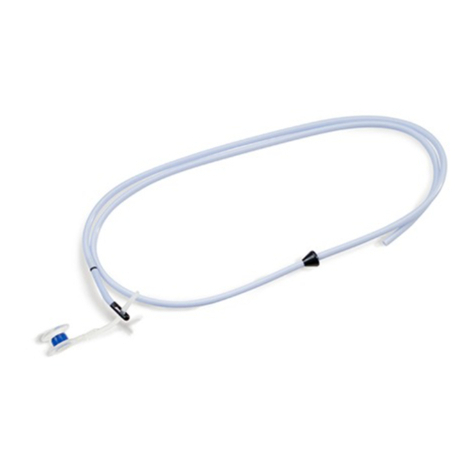
Atos Medical
Atos Medical Provox GuideWire User manual
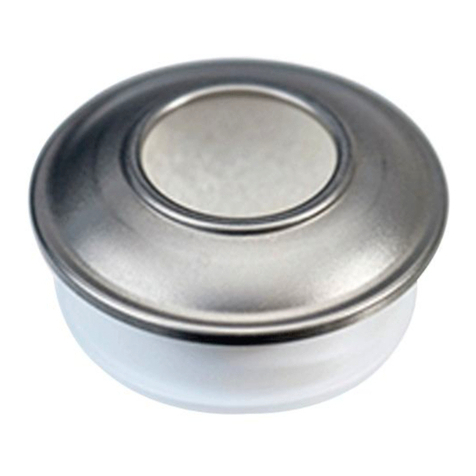
Atos Medical
Atos Medical PROVOX HME Cap User manual

Atos Medical
Atos Medical PROVOX Micron HME User manual

Atos Medical
Atos Medical PROVOX Vega User manual
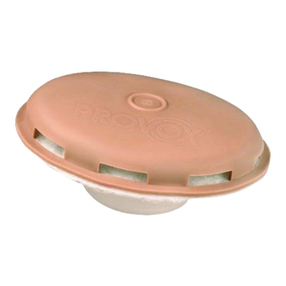
Atos Medical
Atos Medical Provox HME System Cassette User manual

Atos Medical
Atos Medical PROVOX NiD User manual

Atos Medical
Atos Medical Provox FreeHands FlexiVoice User manual
Popular Medical Equipment manuals by other brands

Getinge
Getinge Arjohuntleigh Nimbus 3 Professional Instructions for use

Mettler Electronics
Mettler Electronics Sonicator 730 Maintenance manual

Pressalit Care
Pressalit Care R1100 Mounting instruction

Denas MS
Denas MS DENAS-T operating manual

bort medical
bort medical ActiveColor quick guide

AccuVein
AccuVein AV400 user manual
